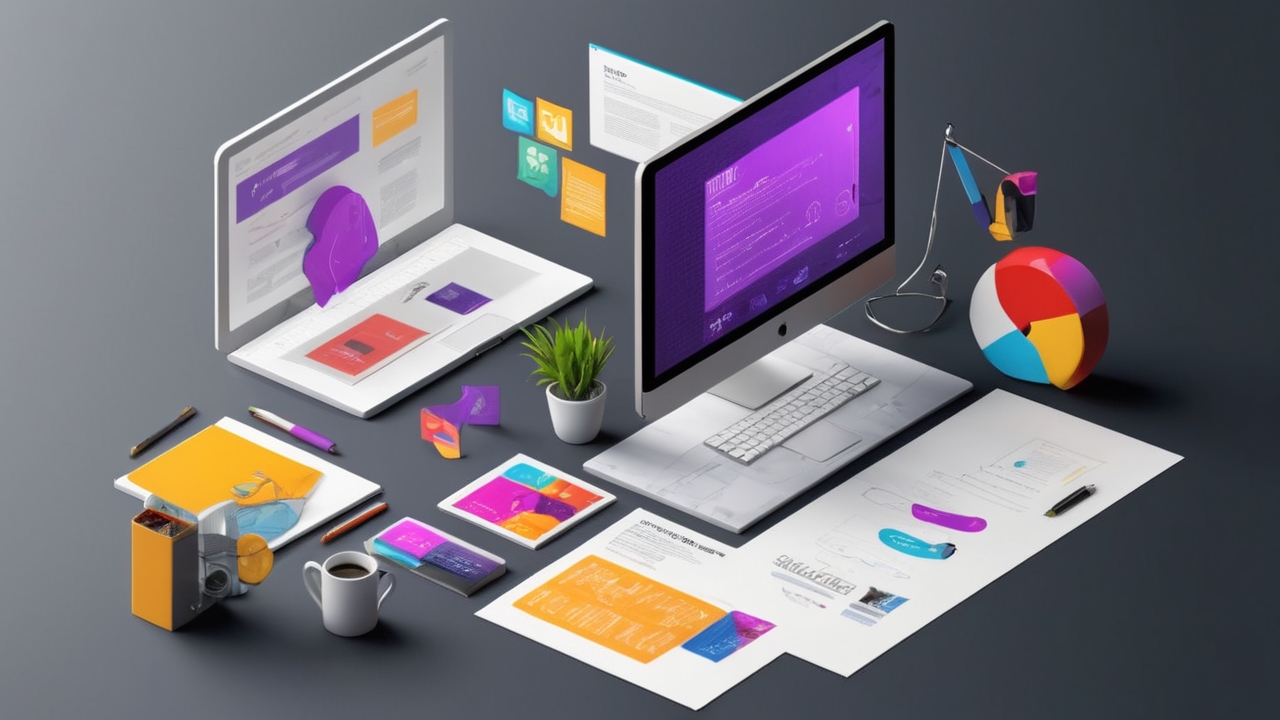Top 10 Free Tools for Web Developers: Enhance Your Workflow
Web development is a dynamic field that requires a variety of tools to build, test, and maintain websites efficiently. Fortunately, there are numerous free tools available that can help web developers streamline their workflow and enhance their productivity. Here’s a list of the top 10 free tools every web developer should consider using.
1. Visual Studio Code (VS Code)
Visual Studio Code is a powerful, open-source code editor developed by Microsoft. It’s lightweight yet packed with features such as IntelliSense, debugging, and Git integration. With a vast library of extensions, VS Code can be customized to suit any development environment.
- Website: Visual Studio Code
2. GitHub
GitHub is a web-based platform for version control and collaboration. It allows developers to work on projects together, manage versions, and track changes with ease. GitHub also provides hosting for open-source projects, making it an essential tool for any developer.
- Website: GitHub
3. Google Chrome DevTools
Google Chrome DevTools is a set of web developer tools built directly into the Google Chrome browser. It provides a comprehensive suite for debugging, analyzing network activity, and optimizing performance. With features like live editing and device emulation, it’s an invaluable resource for front-end developers.
- Website: Google Chrome DevTools
4. Figma
Figma is a collaborative interface design tool that’s great for creating prototypes, UI designs, and wireframes. It allows multiple users to work on a project simultaneously, making it perfect for team collaboration. Figma’s free plan offers robust features for individual developers and small teams.
- Website: Figma
5. Postman
Postman is an API development tool that simplifies the process of creating, testing, and managing APIs. It offers an intuitive interface for building API requests, inspecting responses, and automating tests. Postman is essential for developers working with RESTful services.
- Website: Postman
6. Node.js
Node.js is a runtime environment that allows developers to run JavaScript on the server side. It’s designed for building scalable network applications and is especially popular for real-time applications like chat servers. Node.js has a vast ecosystem of libraries and frameworks.
- Website: Node.js
7. Bootstrap
Bootstrap is a popular front-end framework for building responsive, mobile-first websites. It includes a collection of CSS and JavaScript components that simplify the process of designing web pages. Bootstrap’s extensive documentation and community support make it easy to get started.
- Website: Bootstrap
8. Font Awesome
Font Awesome provides a vast library of icons that can be easily integrated into web projects. With both free and pro versions, it offers scalable vector icons that are customizable and easy to use. Font Awesome is a must-have for adding icons to your websites and applications.
- Website: Font Awesome
9. Sass
Sass (Syntactically Awesome Style Sheets) is a CSS preprocessor that adds powerful features such as variables, nested rules, and mixins to regular CSS. It helps streamline the process of writing and maintaining CSS, making stylesheets more organized and easier to manage.
- Website: Sass
10. Jest
Jest is a JavaScript testing framework developed by Facebook. It’s designed to work with React but can be used for any JavaScript project. Jest provides a simple and intuitive API, making it easy to write and run tests. It also offers features like snapshot testing and code coverage analysis.
- Website: Jest
Conclusion
The right tools can significantly enhance a web developer’s productivity and efficiency. These top 10 free tools cover a wide range of needs, from code editing and version control to design and testing. By integrating these tools into your workflow, you can streamline your development process and create better, more efficient websites. Happy coding!








